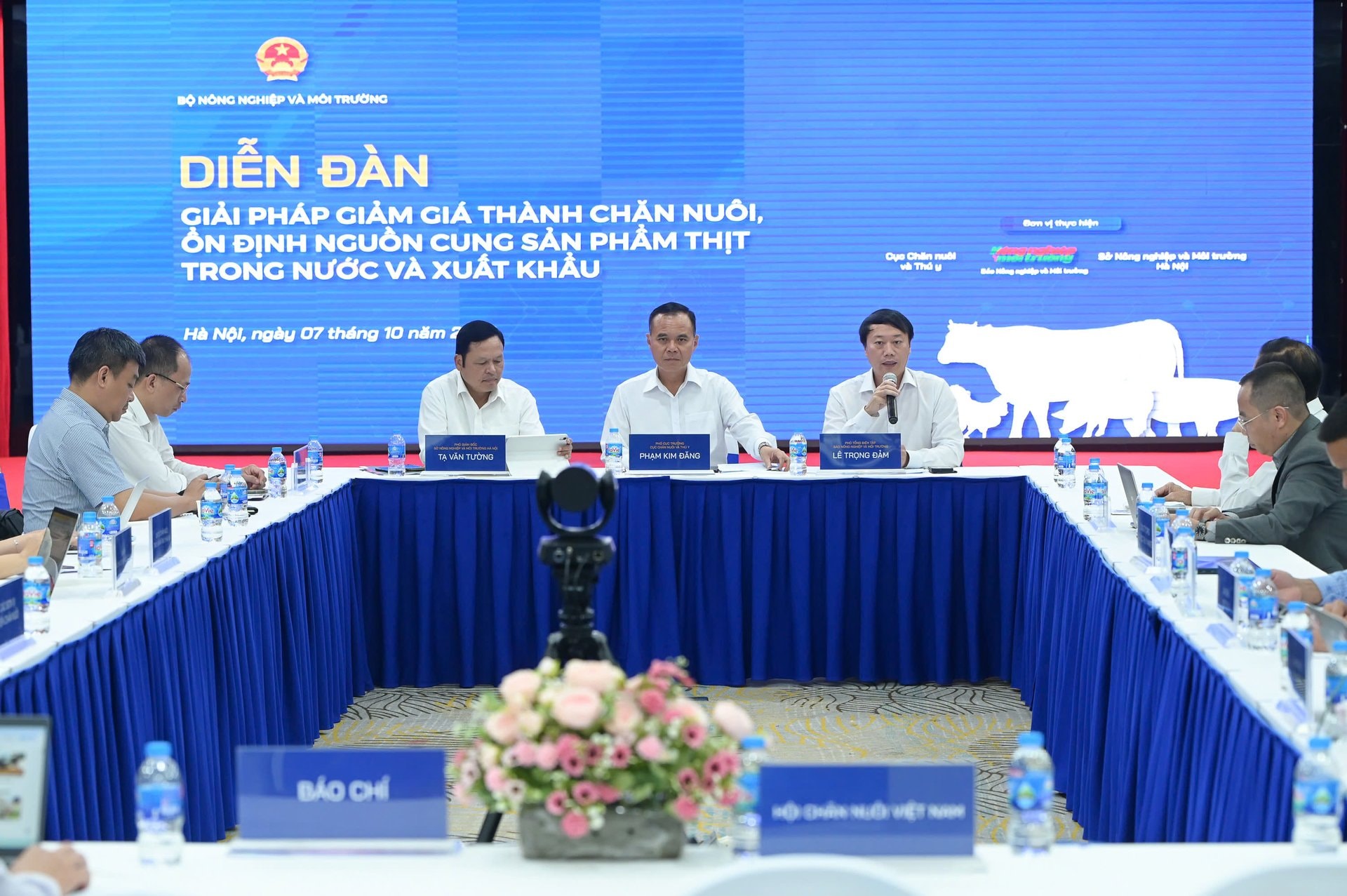
Impressive livestock growth
At the Forum "Solutions to reduce livestock costs, stabilize domestic and export meat supply" on the morning of October 7 in Hanoi , Mr. Do Van Hoan, Deputy Head of the Animal Breeding Department, Department of Animal Husbandry and Veterinary Medicine, said that in the period 2020 - 2024, the country's pig herd increased from 25.8 million to more than 32 million, with meat output reaching 5.18 million tons. The poultry herd also increased to 584.4 million, producing 2.46 million tons of meat and more than 20.4 billion eggs per year. These figures show a strong recovery, affirming the industry's key role in ensuring food security and moving towards export.
Ms. Nguyen Thi Hong Nhung, Department of Animal Husbandry, Aquaculture and Veterinary Medicine of Hanoi, said that the city currently has about 188,600 hectares of agricultural land and more than 6,700 farms, of which nearly 1,800 are medium and large farms, ensuring the supply of meat, eggs and milk for people in the capital and neighboring areas.
After restructuring, Hanoi focused on developing large-scale livestock farming, applying biotechnology and digital transformation. Hanoi also preserved cultural values through livestock breeding competitions, while shifting from “mass farming” to “effective farming”, building disease-free livestock farming areas according to international standards.
Despite the strong recovery, many experts also pointed out that the livestock industry is facing many difficulties, especially high production costs, affecting competitiveness and economic efficiency. The main reason is the sharp increase in animal feed prices, accounting for 65-70% of total costs. Compared to many countries in the region and the world, product prices in Vietnam are higher, creating conditions for increased meat imports.
In addition, the quality of breeding stock, production methods and management are still limited. Small-scale, fragmented farming, with no effective technology applied in management, feed processing and waste treatment, leads to low productivity, high consumption of raw materials and labor, increasing production costs compared to large-scale farms.
Building a safe and effective food chain
The Department of Animal Husbandry and Veterinary Medicine said that 2026 is a turning point for the livestock industry to develop sustainably, aiming at four goals: productivity, nutrition, environment and better lives for livestock farmers.
According to Deputy Director of the Hanoi Department of Agriculture and Environment Ta Van Tuong, reducing livestock farming costs, stabilizing meat supply and increasing product value is not only the industry's desire but also contributes to improving people's lives.
He stressed that biosecurity is a key factor in disease control and cost reduction, and proposed applying multi-layered biosecurity measures, selecting good breeds, and applying modern technology such as automation and environmental monitoring to optimize management.
He also proposed building a food supply chain from farms to collective kitchens, combined with cooperative models and household-scale farms to promote professional production and expand the market.
Sharing the same view, Deputy Director of Amavet Veterinary Medicine Trading Joint Stock Company Tran Huy Hoat said that biosecurity is the only way to reduce costs. The contactless farming model will minimize the spread of pathogens into livestock herds, built on three main layers of protection: prevention from the farm gate, access control combined with disinfection, and strict compliance with hygiene procedures by workers. This model is low cost and easy to apply to even small-scale farming households.
Determining breed, feed and management determines the effectiveness of livestock farming, General Director of HanoPhavico Animal Feed Joint Stock Company Hoang Nam Trung also noted that the use of animal feed must be strictly controlled, choosing reputable products, ensuring nutrition and biosafety. Farmers need to follow the correct feeding process, adequate portions, and correct techniques to help livestock develop well, increase productivity, economic efficiency, and minimize disease risks.
Source: https://daibieunhandan.vn/nganh-chan-nuoi-phuc-hoi-nhung-doi-mat-ap-luc-chi-phi-10389449.html



![[Photo] Closing of the 13th Conference of the 13th Party Central Committee](https://vphoto.vietnam.vn/thumb/1200x675/vietnam/resource/IMAGE/2025/10/08/1759893763535_ndo_br_a3-bnd-2504-jpg.webp)




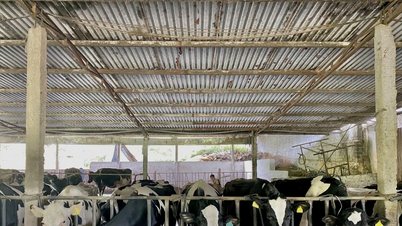
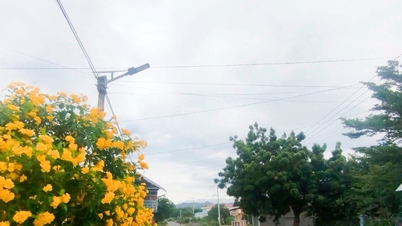





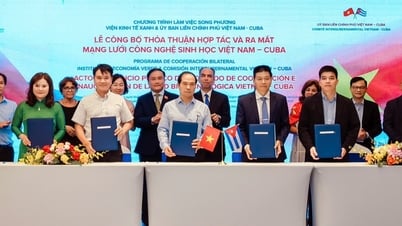
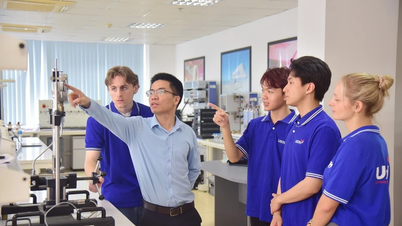






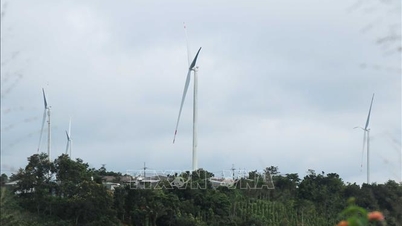






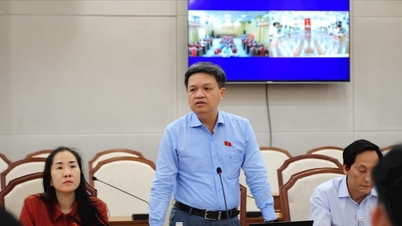
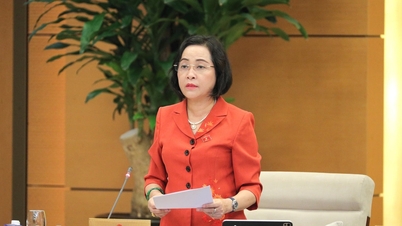
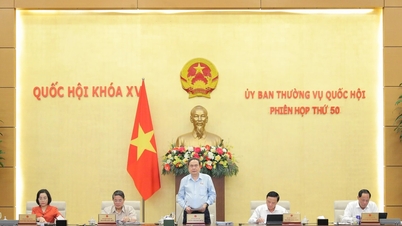
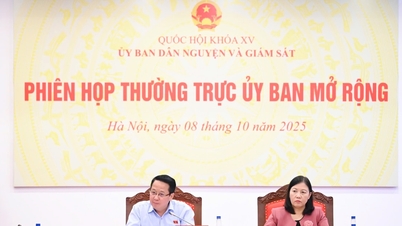
















































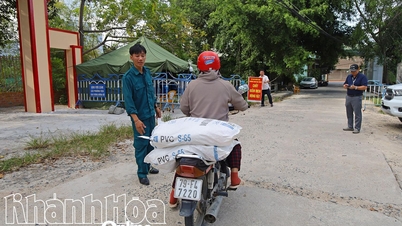






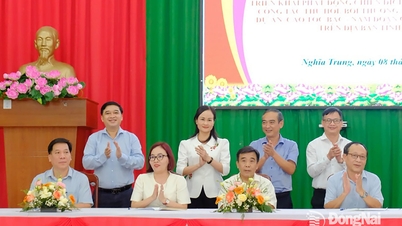















Comment (0)